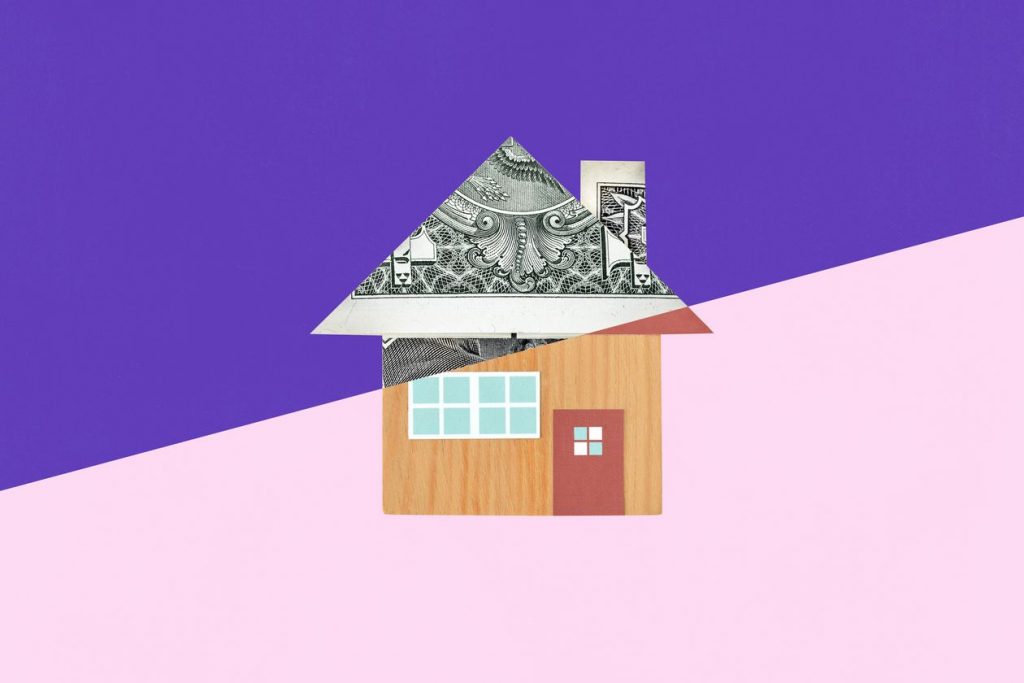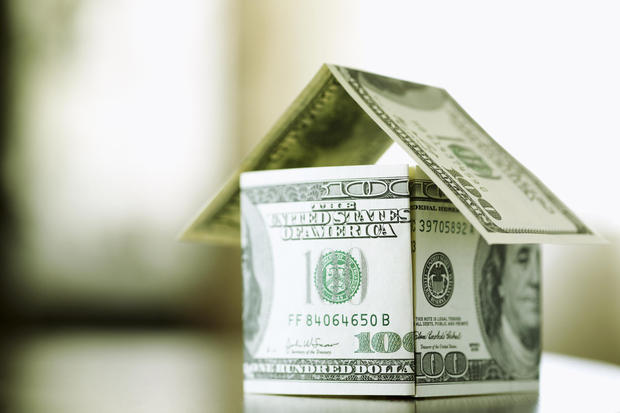
If you’ve decided you’re ready to do a home renovation or improvement project, you may be getting excited about the prospect of a fresh, new space.
That does beg one big logistical question, however—how will you pay for it?
Outside of paying with cash, which may not be feasible or ideal for your financial situation, there are other options when it comes to paying for a renovation.
The following are details on some of the ways you can fund a home improvement project.
Home Equity Loan

A home equity loan is one option to pay for renovations.
When you get a home equity loan, you’re getting a loan secured by your home. You can take out a home equity loan only if you have equity. Equity is the difference between what you owe on your mortgage and your home’s current market value.
If you have paid your loan and you have more value in your home than what you owe on your loan balance, then you can borrow a part of that difference.
When you get a home equity loan, you’re getting a lump sum upfront. Then you make fixed payments throughout the life of the loan. You have a fixed interest rate as well.
Home Equity Line of Credit

A home equity line of credit is similar in some ways to a home equity loan, with a few key differences.
A home equity line of credit is a credit line, and you have a pre-set spending limit that you can spend up to. In that way, it’s similar to a credit card. There’s a variable interest rate with a home equity line of credit, and payments aren’t typically fixed.
Like a home equity loan, a home equity line of credit is secured by your home.
HELOCs often have a lower interest rate than many other types of loans, and interest may be tax-deductible.
When you get a HELOC, and you pay your balance, then your available credit once again goes back up, so you can borrow as much or as little as you need as long as you’re paying it.
Home Improvement Loans

Sometimes banks and credit unions will offer home improvement-specific loans. These are unsecured, and they’re also available from non-traditional online lenders. You don’t have to use your home as collateral since they are unsecured.
Your interest rate and whether or not you qualify are based on your credit score, and you can usually get funding from these loans deposited into your account quickly if you’re approved.
Since home improvement and renovation loans aren’t secured, then you’ll probably end up paying more in interest.
You also have to be careful about different fees the lender might charge, such as prepayment penalties.
Credit Cards

In some cases, using a credit card to pay for a home improvement project can be a good idea. In other instances, it can be a bad idea.
First, you should only use a credit card if you can find an option with a 0% introductory APR. The longer that intro APR is available, the better. You also need to ensure that you can pay it off within that time.
If you can find a credit card that will give you enough spending power and has no interest for a period of time, this can actually be the best option to pay for a renovation.
This might not work for more expensive projects, however. It’s also not a good idea if your credit card has a high interest rate. You’ll probably pay a lot more than you would for a home equity loan or HELOC.
Mortgage Refinancing

Another option to pay for large-scale projects is mortgage refinancing. When you refinance, you’re replacing your existing mortgage and getting a new one. The idea is that your interest rate will be lower. You can also take out the difference between the old and new loan and then use that money to make improvements. This is called a cash-out refinance.
Refinancing has downsides to be aware of, though. First, you’ll have to pay things like origination fees and closing costs. Also, you’re going to be paying your loan for a longer period of time unless your new mortgage has a shorter term.
The only reason you should refinance is if you can get a much lower interest rate than what you’re currently paying. These are a few of the big ways to pay for home improvements, each of which has its own set of pros and cons to weigh in your personal financial situation.




